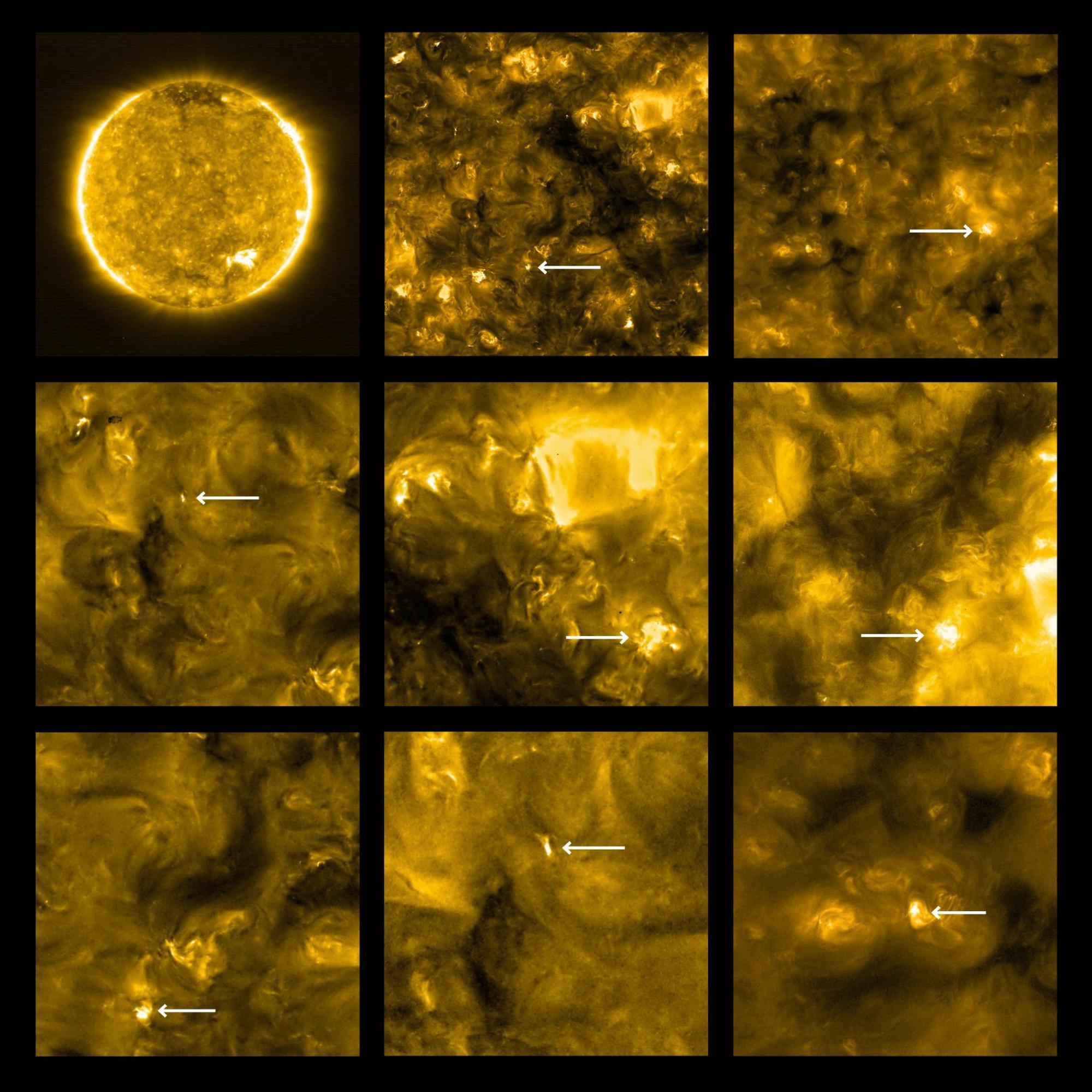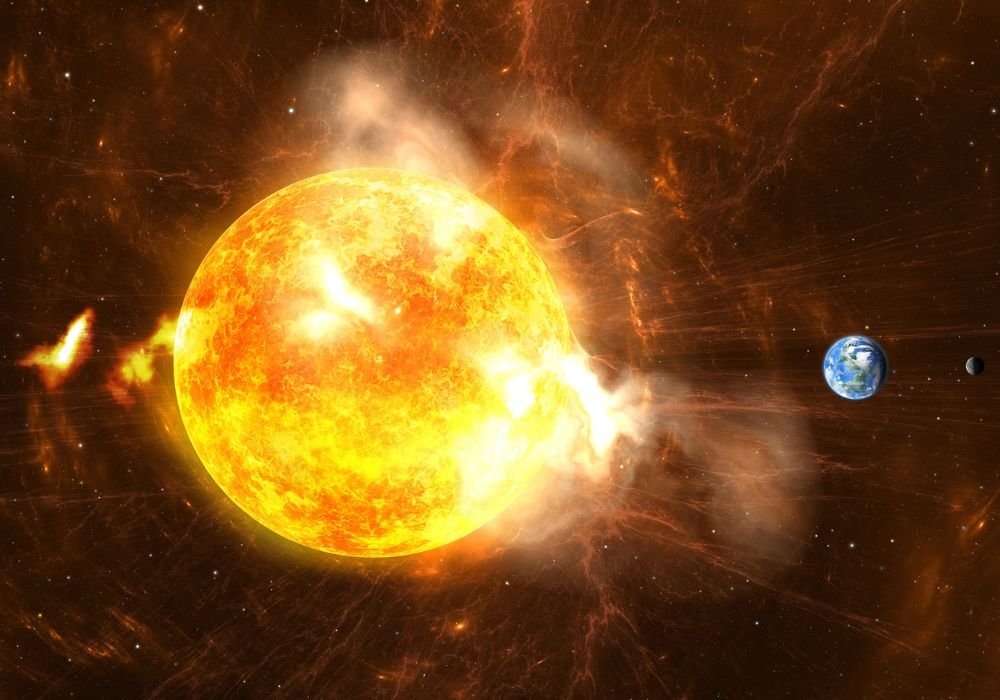A pair of astronomers recalculated the measurement of the Sun’s radius using sound waves produced and trapped in the hot plasma inside the star, resulting in a much smaller size than scientists currently accept. Even though the percentage difference is only a few hundredths of a percent, It represents higher precision compared to the photospheric radius determined by direct optical measurement.
The new solar radius values were recently published in a paper in the Monthly Notices of the Royal Astronomical Society and are based on sound waves called P modes (for “pressure”). They produce resonant sounds inside the Sun, “like a rumbling belly,” the study says.
According to authors Masao Takata of the University of Tokyo and Douglas Gough of the University of Cambridge, this difference may be explained. reflecting a change in density far below the photosphereand because they are adiabatic modes of oscillation, that is, without heat exchange and without involving aspects of radiative intensity.
Acoustic waves from the Sun’s interior
An image that can better understand this seismic pattern is the study of the Sun. like a bell that rings because it is constantly hit by “many little grains of sand,” researchers say. This turmoil produces millions of sound waves oscillating in different “modes” that scientists can remotely capture and measure.
In addition to the compressional and expansionary motions of P waves used in this study, there are also oscillations rising and falling under the influence of gravity, called G modes or F modes when they occur closer to the star’s surface.
Although F modes are very useful for studying the hot plasma swirling inside the Sun, P modes are more dynamically robustAccording to the authors, they are produced through pressure fluctuations. This means that these waves travel towards the solar surface (the photosphere), reflect inward, and bend as they pass through the churning plasma, returning to another part of the surface.
Which measurement of the Sun is most accurate?

The reference model currently used to determine the seismic radius of the Sun is based on F modes, but astronomers argue that these are not completely reliable. because they cannot reach the edge of the solar photosphere.
P modes can go further as they are less exposed to magnetic fields and turbulence in the upper boundary layer of the convection zone extending from the radiative zone to the surface.
Therefore, the study concludes that P modes, rather than visible light or thermal calculations, constitute the most accurate method when measuring the Sun’s radius with seismic measurements.
Did you like the content? Therefore, stay up to date with more studies about our star king at TecMundo and take the opportunity to discover what sunsets are like on other planets.
Source: Tec Mundo
I’m Blaine Morgan, an experienced journalist and writer with over 8 years of experience in the tech industry. My expertise lies in writing about technology news and trends, covering everything from cutting-edge gadgets to emerging software developments. I’ve written for several leading publications including Gadget Onus where I am an author.











